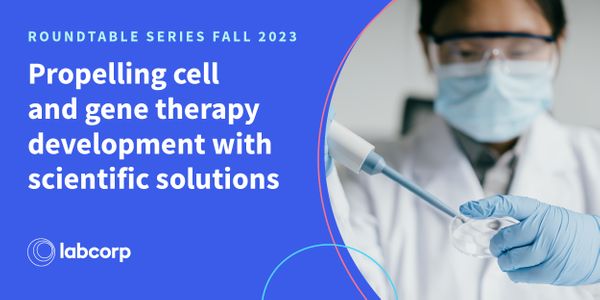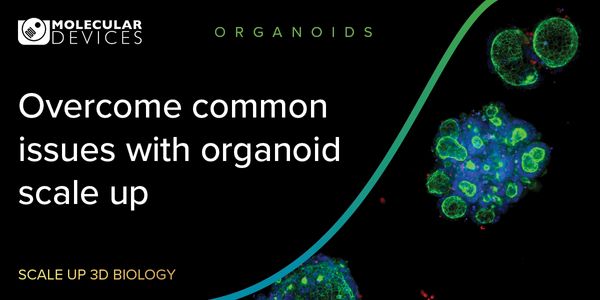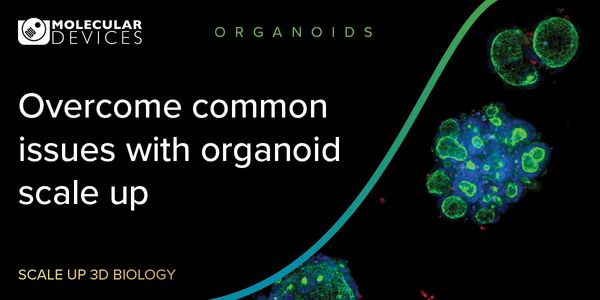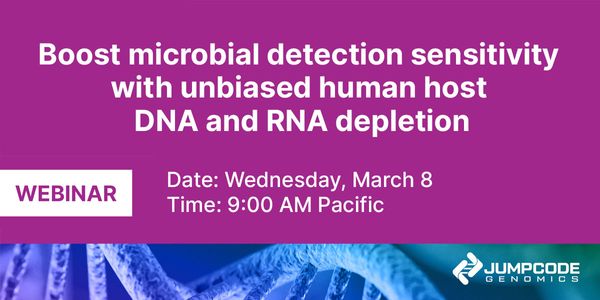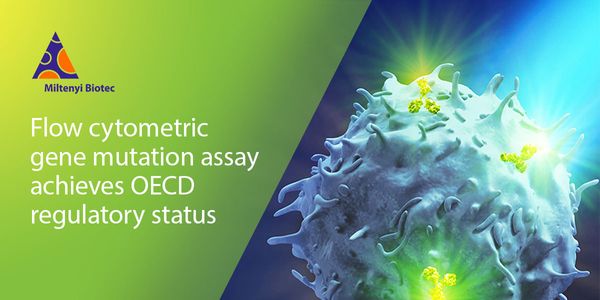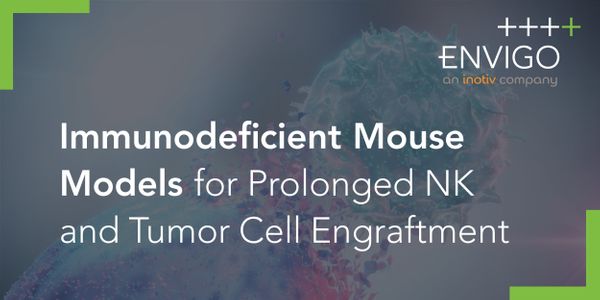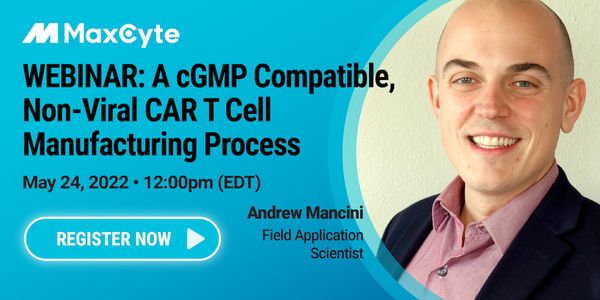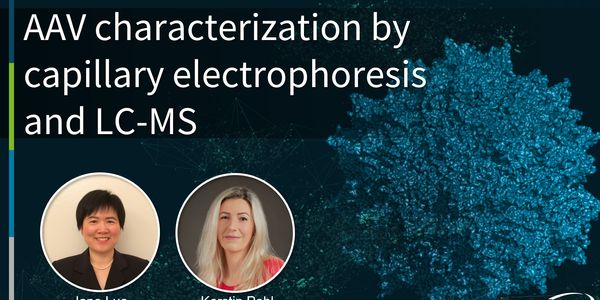Transgenics
Transgenic is a term that describes an organism containing genes from another organism put into its genome through recombinant DNA techniques. An example of its usage is the term transgenic organism. A transgenic organism is one that contains a gene or genes which have been artificially inserted instead of the organism acquiring them through reproduction. A transgenic animal, for instance, would be an animal that underwent genetic engineering. It often contains material from at least one unrelated organism, e.g. from a virus, a plant, or from another animal. The process of introducing an exogenous gene is called transgenesis. One of its essential applications is for experimental research processes. Animal models are being created to introduce a particular disease for experimental studies. These models are referred to as transgenic disease models. Experimental mouse model, particularly referred to as transgenic mouse, is a mouse with a piece of foreign lincor DNA integrated into its genome through recombinant DNA techniques.
-
OCT 24, 2023 | 8:00 AMTo bring your cutting-edge cell and gene therapies to the patients that need them as quickly as possible, you need access to the most knowledgeable scientists, innovative technologies, metho...OCT 24, 2023 | 8:00 AMOrganoids are three-dimensional (3D) multi-cellular, microtissues derived from stem cells that closely mimic the complex structure and functionality of human organs. They offer more accurate...OCT 24, 2023 | 10:00 AMOrganoids are three-dimensional (3D) multi-cellular, microtissues derived from stem cells that closely mimic the complex structure and functionality of human organs. They offer more accurate...SEP 12, 2023 | 10:00 AMRegister to learn more about how to rapidly and reproducibly drive your developmental efforts forward by leveraging MaxCyte’s flow electroporation technology. Labs adopt this scalable...Inefficient knock-in of transgene cargos limits the potential of cell-based medicines. In this study, we used a CRISPR nuclease that targets a site within an exon of an essential gene and de...
Sponsored By: Miltenyi Biotec

